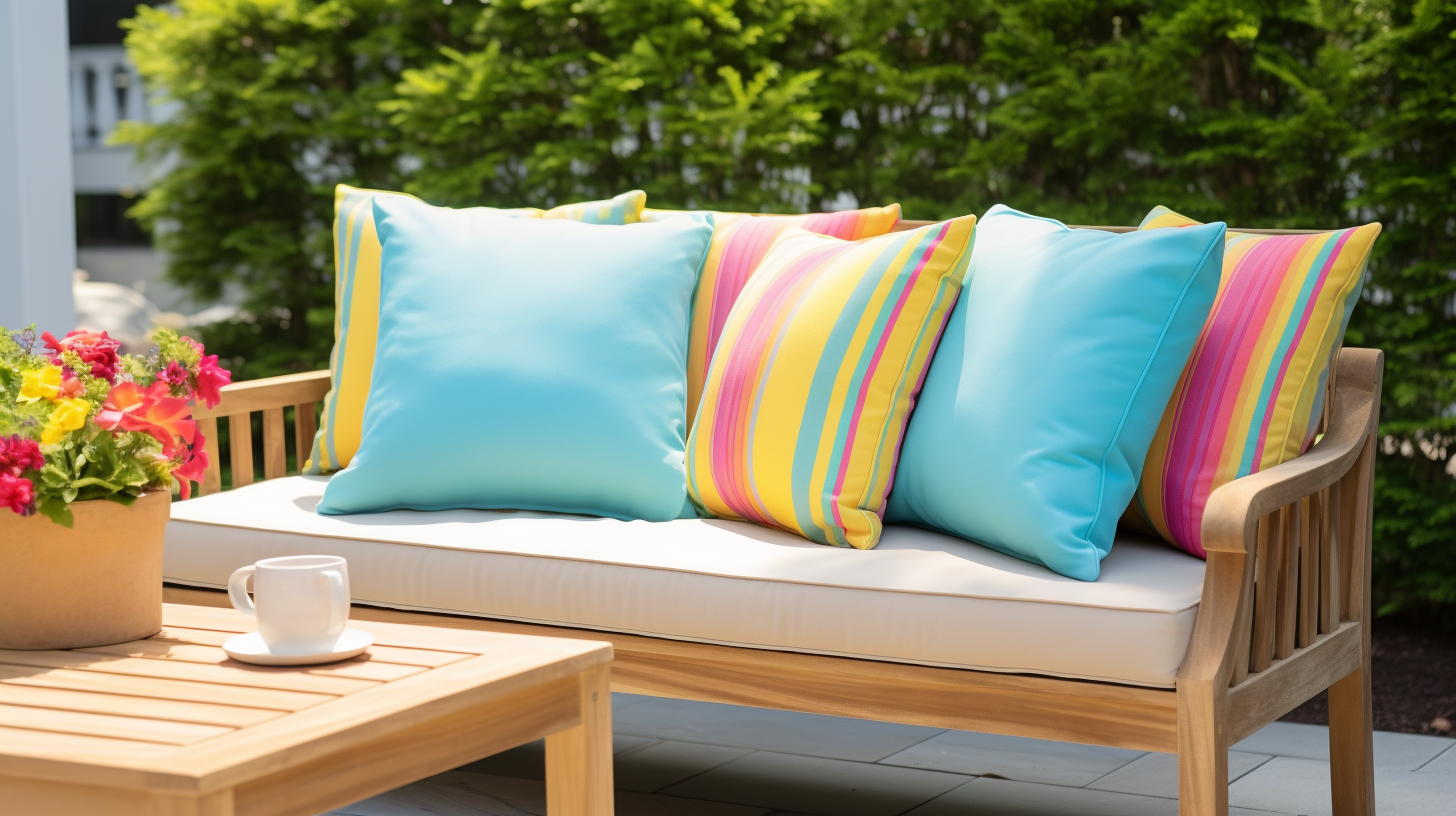How to Repair Wood Furniture Scratches: A DIY Guide
Jan 24, 2024

How to Repair Wood Furniture Scratches: A DIY Guide
Wood furniture adds warmth and character to our homes, but it's not immune to the wear and tear of daily life. One common issue we often encounter is scratches on our beloved wooden pieces. The good news is that you don't have to be a woodworking expert to restore your furniture to its former glory. In this guide, we'll walk you through the steps to repair wood furniture scratches, so you can enjoy your favorite pieces for years to come.
What You'll Need:
Before we dive into the step-by-step process, let's gather the tools and materials you'll need for this project:
- Sandpaper: Various grits, from coarse to fine (typically 120 to 320).
- Wood Filler: A color that matches your furniture's finish.
- Putty Knife or Spatula: For applying the wood filler.
- Soft Cloths: To clean the surface and wipe away excess filler.
- Wood Stain or Finish: Matching your furniture's original finish.
- Polyurethane or Varnish: For sealing and protecting the repaired area.
- Gloves and Safety Gear: To protect your hands and eyes.
Step 1: Clean the Surface
Start by cleaning the scratched area with a soft cloth and a mild wood cleaner. This will remove any dirt or grime that could interfere with the repair process. Once the surface is clean and dry, assess the depth of the scratches.
Step 2: Assess the Damage
Not all scratches are the same. Some are shallow surface scratches, while others may be deeper. To determine the severity of the damage, gently run your finger over the scratch. If you can feel the scratch with your fingernail, it's likely a deep one that will require more attention.
Step 3: Sanding
For shallow scratches, you can start with sandpaper of a finer grit (around 220). Sand the area lightly, following the direction of the wood grain. This should smooth out the surface and remove the scratch. Be patient, and use a light touch to avoid sanding too much.
For deeper scratches, start with coarser grit (around 120) and work your way up to finer grits. Sand the area until the scratch is no longer noticeable, always following the wood grain. This may take some time, so don't rush the process.
Step 4: Apply Wood Filler
If your scratch is still visible after sanding, it's time to use wood filler. Apply a small amount of filler to the scratch using a putty knife or spatula. Make sure the filler is level with the surrounding wood. Let it dry according to the manufacturer's instructions.
Step 5: Sand Again
After the wood filler has dried, sand it down with fine-grit sandpaper (around 220) until it's smooth and flush with the rest of the surface. Be gentle to avoid creating new scratches.
Step 6: Stain and Finish
To ensure the repaired area matches the rest of the furniture, apply a wood stain that matches the original finish. Allow it to dry according to the stain's instructions. Once the stain is dry, apply a layer of polyurethane or varnish to protect and seal the repaired area. Make sure to follow the manufacturer's recommendations for drying and curing times.
Step 7: Buff and Polish
Once the finish is completely dry and cured, use a soft cloth to buff the entire piece of furniture. This will help blend the repaired area with the rest of the piece and give it a consistent shine.
Conclusion
Repairing scratches on wood furniture is a satisfying DIY project that can extend the life of your cherished pieces. With a few simple tools and a bit of patience, you can restore your furniture to its former glory. Just remember to clean, sand, fill, stain, finish, and buff your way to a refreshed and beautiful wood furniture piece. Your home will thank you for it!
Outmaker Instagram Network








